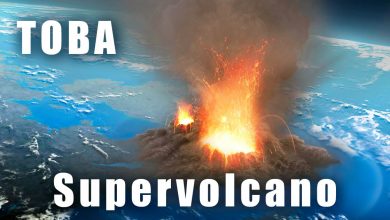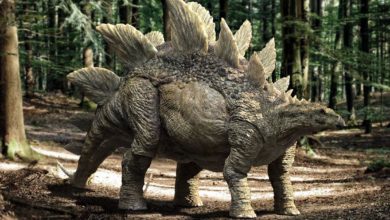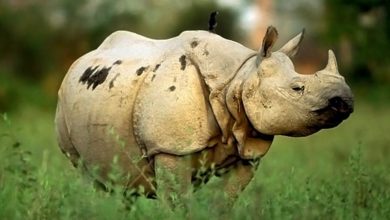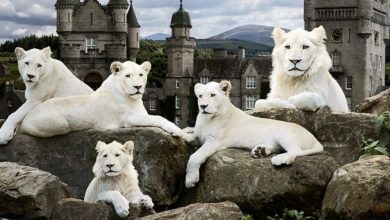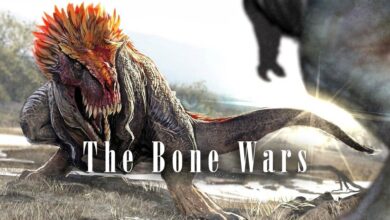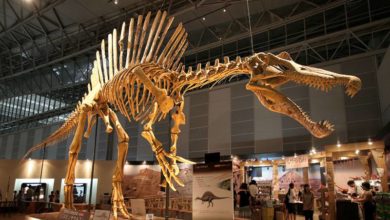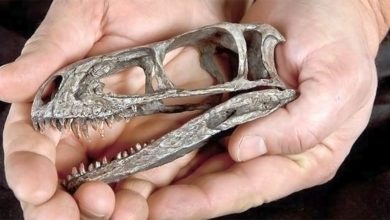Mass extinctions of species – the „Big Five”
Mass Extinction Events – the „Big Five”
The Earth is several billion years old, and since the appearance of plants and animals, it has been hit by major or minor disasters. Most of us have heard of the Big Five extinctions, but there are many more, although they have not reached the scale of the Big Five. In the first part of the article, we will read, among others about mass extinctions in the context of evolution. The second part contains a table of minor extinctions, and the third part provides a comprehensive analysis of the causes of extinctions.
What is mass extinction?
Simply put, it is a phenomenon of widespread and rapid reduction in the amount of life on Earth. We can talk about mass extinction when the rate of extinction is faster than the rate of formation of new species of organisms (e.g. speciation).
Fossils of marine organisms are best suited to measure the rate of extinction because of their excellent preservation, allowing us to read a lot of important information from them, which is rare for land fossils. Estimates of the number of mass extinctions over the last 540 million years range from 5 to more than 20. As you can see, the discrepancies are considerable, and the reason for this is to set other criteria, by which a given researcher describes a given extinction as mass one.
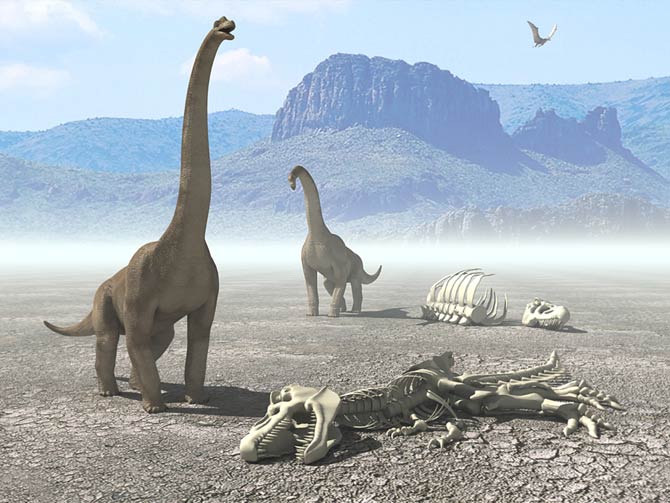
The most important mass extinctions
In 1982, in their scientific publication, Jack J. Sepkoski and David M. Raup described the so-called Big Five (“The Big Five”) – five great extinctions:
Ordovician–Silurian extinction event(s)
Ordovician extinction – dated 450-440 million years ago, at the turn of the Ordovician and Silurian. Considered the second largest among the five extinctions, as most (57%) genera, 27% of families and 60-70% of animal species became extinct then.
Two extinction waves probably occurred between 450 and 440 million years ago, one million years apart. At that time, the habitat was limited to all known forms of life on the seas and lakes.
The cause of the mass extinction appears to have been the movement of Gondwana, which drifted into the South Pole region. The accompanying icing led to a drop in sea levels and global cooling. With falling sea levels, habitats were lost in the shallow lake districts along the continental shelf, and connections between spaces were broken. Evidence of the icing was also found in sediments that were discovered in the Sahara. The main reason for the mass extinction in the Upper Ordovician is seen in the following combination of sinking sea levels and cooling of the global climate.

Devonian extinction(s)
Devonian extinction – took place 375-360 million years ago at the turn of the Devonian and Carboniferous. At the end of the Frasnian (Late Devonian age), 19% of families and 50% of genera, and 70-75% of species disappeared due to mass extinction. It is believed that the entire process took about 20 million years, and there is also evidence of both acceleration and slowing down of the process.
Three-quarters of all species on Earth became extinct in the Late Devonian mass extinction, although in fact, it could have been a series of extinctions over several million years, not a single event. Shallow seas life was hit hardest, and reefs did not return to their former glory until new types of coral developed over 100 million years later. In fact, much of the seabed was deprived of oxygen, making nothing but anaerobic bacteria survivable.
The reasons for the destabilization of the biosphere occurring in the Upper Devonian are known only in rough outline. It is certain that the chemical composition of the oceans changed drastically several times. Some studies, therefore, postulate the occurrence of an oceanic anoxic event (oceans became depleted in oxygen (O2)) as a result of these processes. The biodiversity of the phytoplankton decreased so much that the original biodiversity was only reached again in the Jura (phytoplankton blackout)
Currently, we cannot link this series of extinctions to any single cause. It is likely that there could be several causes, such as excessive sedimentation (build-up of sediment), rapid global warming or cooling, a meteorite or comet impact, sea-level changes, or climate change are factors that were blamed for this extinction.
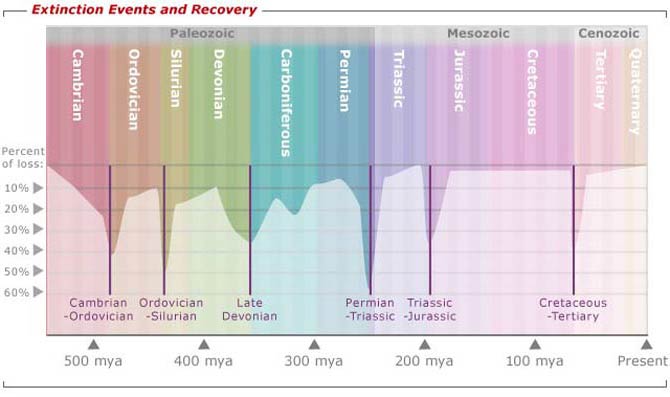
Permian extinction(s) – the “Great Dying”
Permian extinction – sometimes called the “Mother of the great extinctions”. Dated at the turn of the Permian and Triassic, about 252 million years ago. At that time, 57% of families, 83% of genera, and 90-96% of species (70% of land species) became extinct, including marine: 53% of families, 84% of genera, and about 96% of species.
This period changed the face of the fauna of that time – the Earth was no longer ruled by mammal-like reptiles called synapsids. Over the next 30 million years, vertebrates will revive, and the ecological niches will be occupied by archosaurs, soon become the dominant animals of the Earth. 50-67% of all sedentary animals disappeared from the seas, moreover, the Late Permian was a difficult time for aquatic organisms before the mass extinction occurred.
The main factor for the collapse of almost all ecosystems is generally considered to be the large-scale flood basalt emissions of the Siberian trap, whose activity cycles covered an area of 7 million square kilometers with igneous rocks over several hundred thousand years and which caused a series of serious consequential damage.
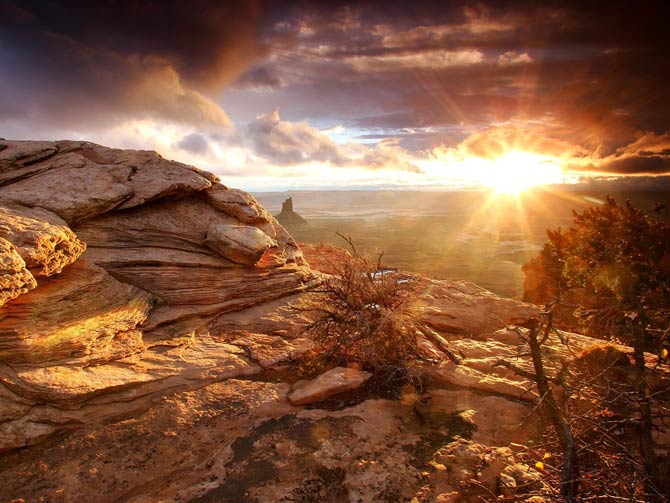
Triassic extinction
Triassic extinction – took place about 201 million years ago at the turn of the Triassic and Jurassic. About 23% of families, 48% of genera (20% of sea families and 55% of sea genera), and 70-75% of the then species have disappeared from the Earth’s surface.
Most of the archosaurs and large amphibians were extinct, so terrestrial dinosaurs did not have much competition. Despite this, diapsids still dominated in the aquatic environment. However, a line of amphibians called temnospondyls (e.g. Koolasuchus) survived to the Cretaceous in what is now Australia.

Cretaceous extinction
Cretaceous extinctions – the youngest of all extinctions. It took place about 66 million years ago, started in the Maastrichtian, and lasted until Dan (Palaeogene). At that time, about 17% of families, 50% of genera, and 75% of species of all living organisms disappeared from the Earth. About 33% of sedentary species have escaped from the seas. However, the worst thing was with dinosaurs – all non-avian dinosaurs were extinct. Instead, there were mammals and birds that dominate our planet to this day.
Despite the fact that the Big Five has been heavily popularized, there is no clear line between the various mass extinctions. It is possible that the use of different calculation methods and a change in the classification criteria may lead to changes in the top five.
A big obstacle in describing mass extinctions is the condition of the found fossils, because the oldest fossils are the most difficult to find and date. Moreover, natural phenomena over the centuries had a significant impact on the sedimentation process of geological layers.
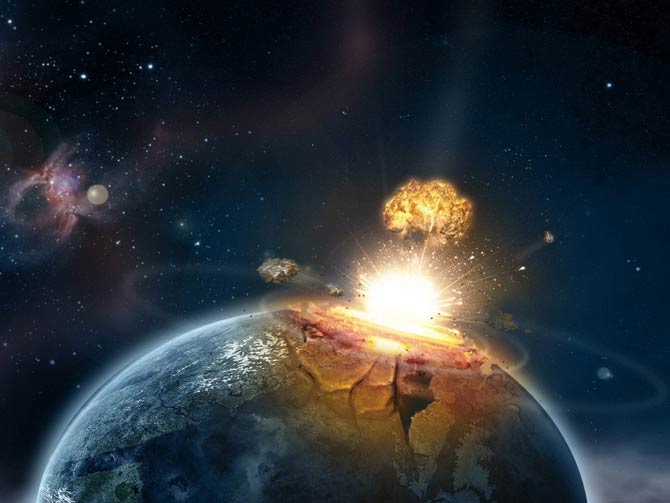
The Mass Extinction and Evolution
Mass extinction of organisms is certainly accelerating evolution. For if the dominators of individual ecological niches die, they make room for completely different groups of animals that develop better and relatively quickly gain the status of dominant animals.
A good example confirming this theory are mammals, and more specifically mammal-shaped (Mammaliaformes – broader classification including mammals). This cluster existed in parallel with the dinosaurs, but could not compete with them because they were small and had no space to develop. This changed with the Cretaceous extinction that wiped out all the dinosaurs from the face of the Earth and allowed the mammal-like to grow in size.
Another theory is that species in similar ecological niches are less likely to survive extinction. They have features responsible for diversity, but also static. As a result of the mass extinction, these groups are heavily burdened and impoverished.
Many groups (clades), despite surviving, do not regain their former numbers and diversity, as a result of which a large part of them is dying out anyway. These groups of organisms are called Dead Clades Walking. Darwin himself noticed that the survival of a species was influenced most by interactions with other animals, not by external conditions. The increase in the size of one group determines the development or destruction of another.
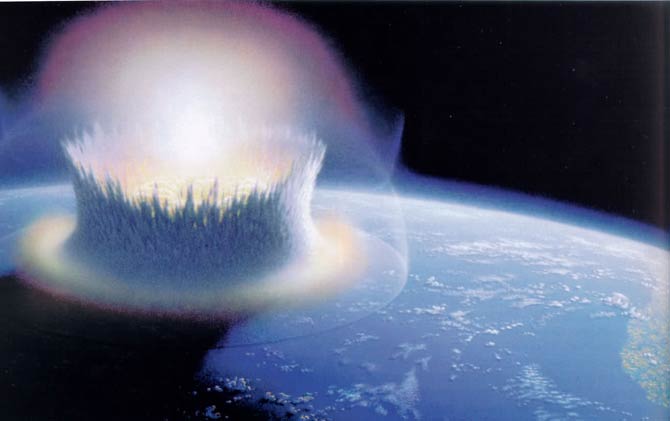
Periodicity
It has been suggested that mass extinctions occur cyclically every 26-30 million years, and the diversity of organisms changes approximately every 62 million years. Attempts have even been made to create patterns for the frequency of the phenomenon and find the root causes. One of them is to be the hypothetical companion of the Sun – the Nemesis star.
Many scientists have come to the conclusion that mass extinction is related to the fact that a given ecosystem has reached its apogee and the next, inevitable stage is its destruction. Others, on the other hand, cited the movements of tectonic plates, great animal migrations, and geochemical changes as the main reasons for the cyclical nature of extinction.

Mass extinctions – interesting facts
Approx. 98% of the discovered species are now extinct, although the process of extinction itself takes place at an uneven pace.







